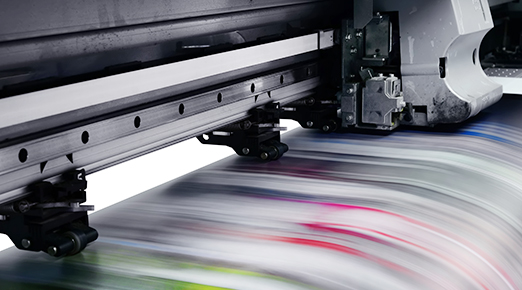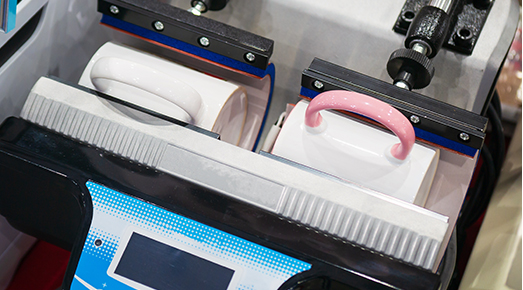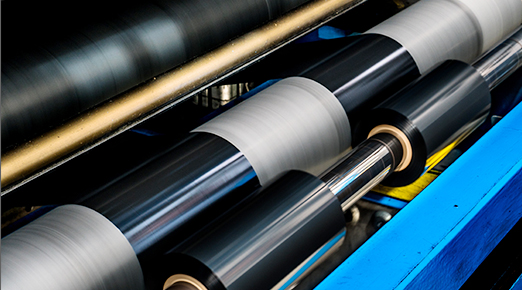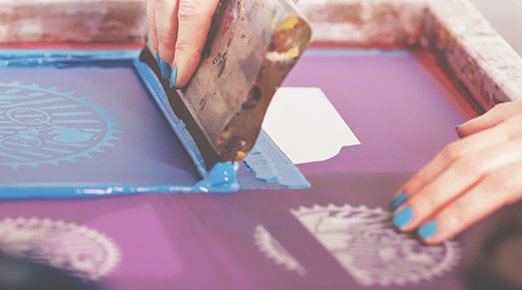PRINTING
Sample & Design
Textile printing is a process in which dyes or pigments are used to print patterns with certain dyeing fastness on textiles. It is a comprehensive technology.
The factory can arrange all kinds of printing: Pigment print, Tropical print, Discharge Print, Reactive print, flat screen print, round screen print, Tropical print, digital print, etc. Nowadays, digital print, transfer print, due to their seemingly infinite color and design ability, attracts much attention.

1.Digital direct printing
A process by which small drops of color are applied to a fabric through a print head. There is almost no limit to the number or size of colors requested.
This method is suitable for paint, reactive, disperse, acid dye inks.
The process is: select suitable semi-finished fabric (without softener) according to the type of ink, carry out sizing, drying, rolling and other processes, and then go to the digital equipment site directly spray printing (the fabric has been treated) such as paper), and then go through drying, cooking, washing, drying, soft curing and other processes (the paint can be fixed by baking).
2.Cold transfer printing
The process of transferring printing designs from paper to fabric. A specially coated paper prints the desired pattern, which is then transferred to the fabric under environmental conditions.
Embossed fabrics can be treated in two ways. One is to fix the color by cold reactor chemical reaction (the fabric needs chemical treatment in advance); The other is steaming, washing, stereotyping, and other traditional processing.


3.Thermal transfer pringting
The process of transferring printing designs from paper to fabric. A specially coated paper prints the desired pattern, which is then transferred to the fabric after sublimation.
This method is similar to traditional paper printing. It can only be made from polyester or textiles with a relatively high polyester content. Transfer fabric is semi-finished processing, without adding softener (adding softener may affect the color rate).
4.Discharge printing
The process of transferring printing designs from paper to fabric. A specially coated paper prints the desired pattern, which is then transferred to the fabric under environmental conditions.
Embossed fabrics can be treated in two ways. One is to fix the color by cold reactor chemical reaction (the fabric needs chemical treatment in advance); The other is steaming, washing, stereotyping and other traditional processing.


5.Pigment printing
Coating printing is the use of thermosetting or thermoplastic synthetic resin as adhesive, mixed with insoluble pigment, paint printing paste, mechanical or manual method coated on the surface of the fabric, after drying baking to form a layer of film, so that the pigment tightly cover on the fiber, in order to achieve the purpose of printing coloring.
